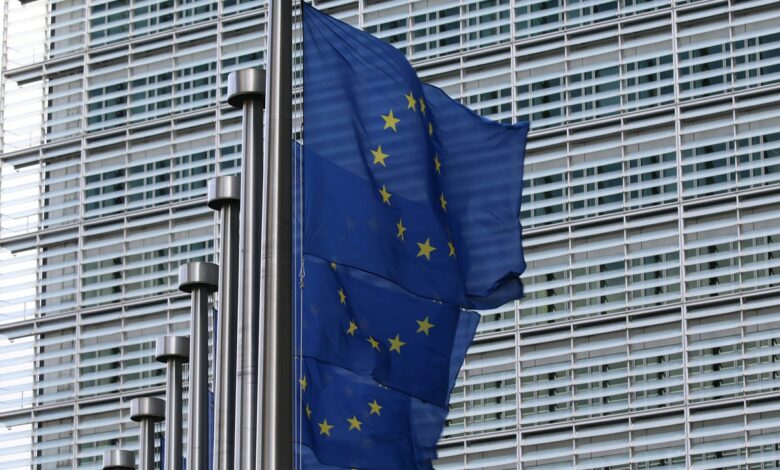Securing Europe: How Global Politics Shapes Cybersecurity Compliance and National Security in the EU | by Leon Adelstein | May, 2024

In the digital age, cybersecurity is not just a technical challenge but also a geopolitical one. As nations become increasingly reliant on digital infrastructure, the intersection of global politics and cybersecurity has become crucial for the European Union (EU). This article explores how shifting global political landscapes are influencing cybersecurity compliance standards across EU member states, and why these are vital for safeguarding national security.
The Geopolitical Cyber Landscape
Cybersecurity threats are evolving in complexity and scale, impacting national security, economic stability, and public safety. Nations like Russia and China have been at the forefront of integrating cybersecurity strategies with their political agendas, influencing global cybersecurity norms and practices. In response, the EU is reevaluating its cybersecurity policies to protect its interests.
For instance, the EU’s General Data Protection Regulation (GDPR) is not just a privacy law but a response to these geopolitical challenges. It sets a global standard for data protection, influencing how nations outside the EU manage and protect data.
EU’s Cybersecurity Compliance Framework
The EU has developed a robust framework to enhance cybersecurity across its member states. This includes the Network and Information Systems (NIS) Directive, which mandates national assessments of critical infrastructures, and the Cybersecurity Act, which strengthens the EU’s cybersecurity agency, ENISA.
These regulations are designed to ensure a harmonized approach to cybersecurity, enabling rapid response to threats and facilitating greater collaboration between member states. The compliance must-haves within these frameworks are not static; they evolve as the geopolitical tensions and technological landscapes change.
Impact of Global Politics on Compliance
Global politics significantly influence the compliance strategies adopted by the EU. The rise of technology-driven economies has led to new forms of geopolitical strategies where nations use cyber capabilities to gain economic and political leverage. The EU’s approach to cybersecurity compliance is therefore designed to counterbalance these strategies, ensuring that member states are not left vulnerable to such tactics.
Moreover, the EU’s position on cybersecurity compliance is also a diplomatic tool. By setting high standards, the EU positions itself as a leader in digital ethics and governance, influencing global norms and practices.
Future Directions and Challenges
Looking ahead, the EU faces several challenges. One is ensuring that all member states uniformly implement and adhere to compliance standards, despite differing national priorities and capabilities. Another challenge is the rapid pace of technological advancement, which can quickly render existing regulations obsolete.
Furthermore, as global political tensions fluctuate, the EU must remain flexible in its cybersecurity strategies to adapt to new threats. This might involve revising existing frameworks and continuously engaging in international dialogues to forge common understandings and agreements on cybersecurity practices.
Conclusion
The EU’s strategic integration of global politics with cybersecurity compliance is vital for protecting its digital infrastructure and, by extension, its national security. As the global political landscape continues to evolve, so too must the EU’s approaches to cybersecurity. Only through proactive engagement and robust compliance can the EU hope to secure its place in an increasingly interconnected and digital world.
Call to Action
For policymakers and cybersecurity professionals, the task ahead is clear: stay informed, remain vigilant, and be adaptable to the ever-changing cybersecurity and geopolitical landscapes. The security of the EU depends on it.



